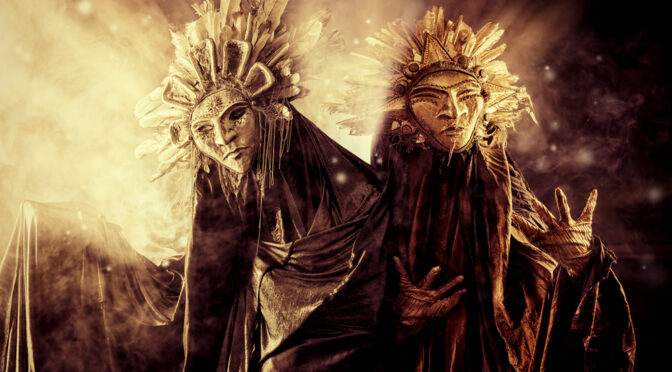People have always enjoyed getting intoxicated. A chemically induced euphoria, guaranteed to provide a good mood? Or the ability to temporarily experience a different version of reality?
Drugs are not only simply fun and enjoyable, they can provide deep insight and understanding to our lives ad problems. Modern social and judicial trends point an ill deserved finger at many intoxicants, the general understanding is that in recreational drug use is unnecessarily vilified.
Our ancestors did not share our hang ups with drug use. In fact they had some crazily unique ways to get high. They did it for many of the same reasons we do now: it’s fun, helps you grow and think differently and specifically triggers spiritual growth. They alos did it for religious, prophetic and social ceremonies, like the coming of age.
Anadenanthera: The DMT Bean
This bean is found in the grasslands of Latin America. When dried and crushed into into a powder it is snorted through the nose. It has properties similar to that of of Ayahuasca.
Henbane
Known as ‘Black Henbane’, this plant can grow just about anywhere through out Asia, Europe, North Africa and has migrated to North America. Considered to be poisonous to humans and animals, the plant is part of the nightshade family. A strong sedative that was primarily served orally as a drink, it can be absorbed through just about any membrane.
It is easily spotted and grows in many terrains. If you find some, be careful as the plant is poisonous and can lead to death. There is a theory that henbane was the poison that was poured into Hamlet’s father’s ear, killing him.
Belladonna
A witch’s ointment, it got it’s name from one of the main ingredients: the plant belladonna or ‘deadly nightshade’. It is poisonous in high doses but in moderation and topically applied it was a very effective localized painkiller.
LSA & The Eleusinian Mysteries
Every year a cult of the Gods Demeter and Persephone held secretive initiations wee call the Eleusinian Mysteries. One of the more historically famous cults, its roots can be traced to the Mycenean Period (1600-1100BC). The ceremony represented Persephone being kidnapped by Hades in a particular cycle, the descent (loss), the search (trails), and the ascent (enlightenment).
The ‘secret initiations’ were kept a well guarded secret. It is believed that the initiated believed they would be rewarded in the afterlife. They would drink an elixer that contained a powerfully hallucinogenic fungus. The active ingredient, D-lysergic acid amide (LSA) is very similar to LSD.
Betel Nut
Also known as areca seeds, people can be seen chewing on them through out Asia. The nut is used similarly to chewing tobacco. Tucked in a lip, it acts like a low grade stimulant. A very popular recreational drug it is the cause for the region’s unusually high rate of oral cancer.
Khat
Found in the Horn of Africa, the leaves are harvested and chewed. The active ingredient is Cathinone, is a stimulant and provides the user energy and feelings of euphoria. Cathonine is used as an ingredient for bath salts. Khat is publicly used and there is no strong stigma attached. The British tried to ban khat in the 20’s but Somalian immigrants brought is back into use.
Ibogaine
This drug is found in a shrub, Tabernanthe Iboga, indigenous to West Africa. It is a stimulant similar to khat but much stronger. It has been used for centuries as a spiritual tool in many rituals and practices. It is referred to as ‘Africa’s Ayahuasca’.
Peyote
Found in North America, this bitter cactus was eaten and served as a drink by many native people. It has been used in spiritual practices for at least 5,500 years. Used for medicinal and spiritual reasons the powerful hallucination is now more commonly used in recreation, though it still has a place in certain rituals.

